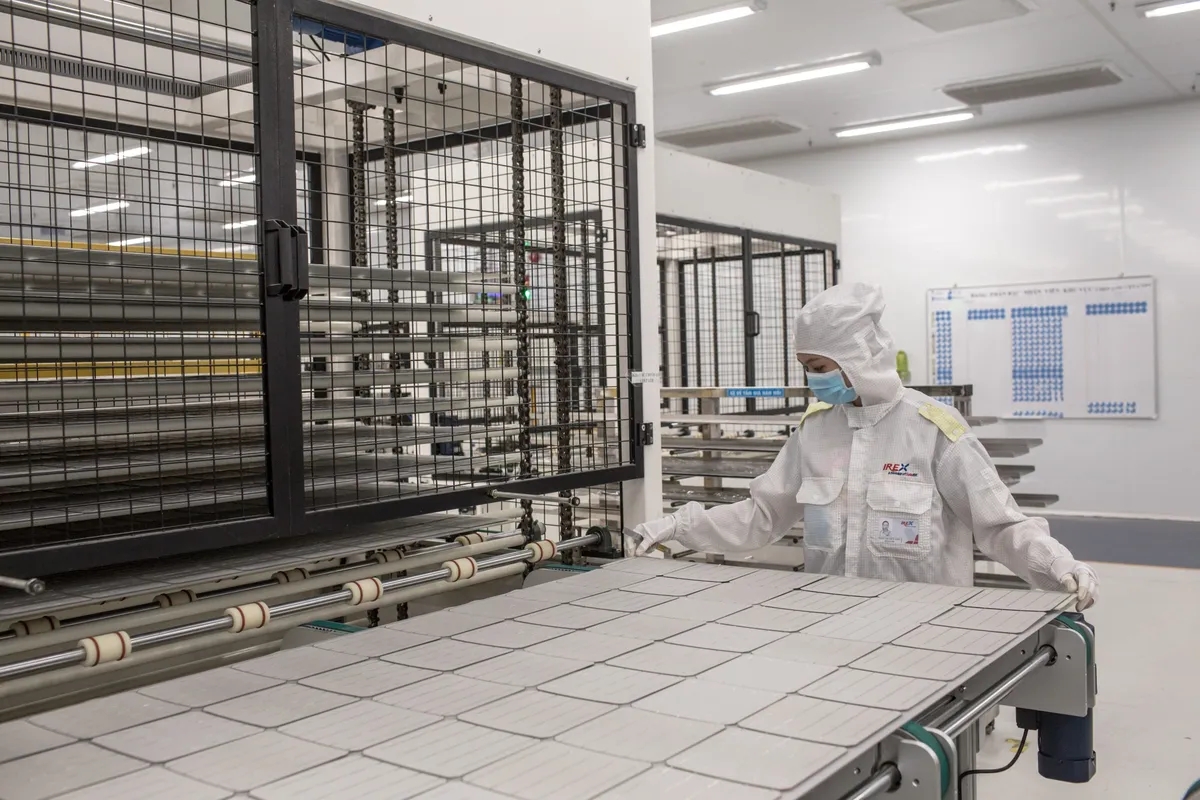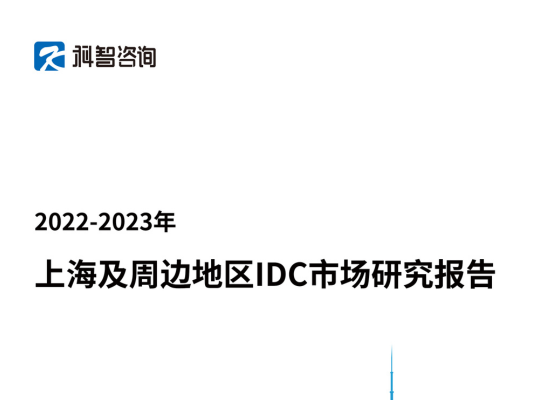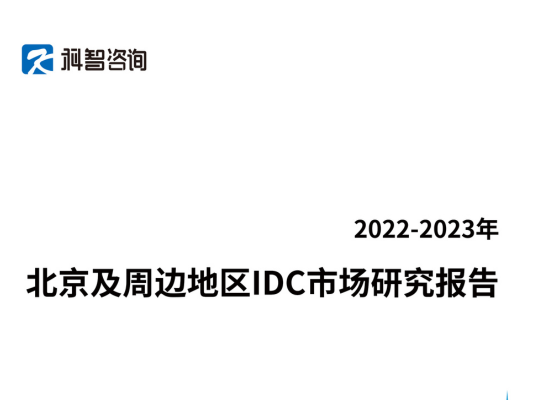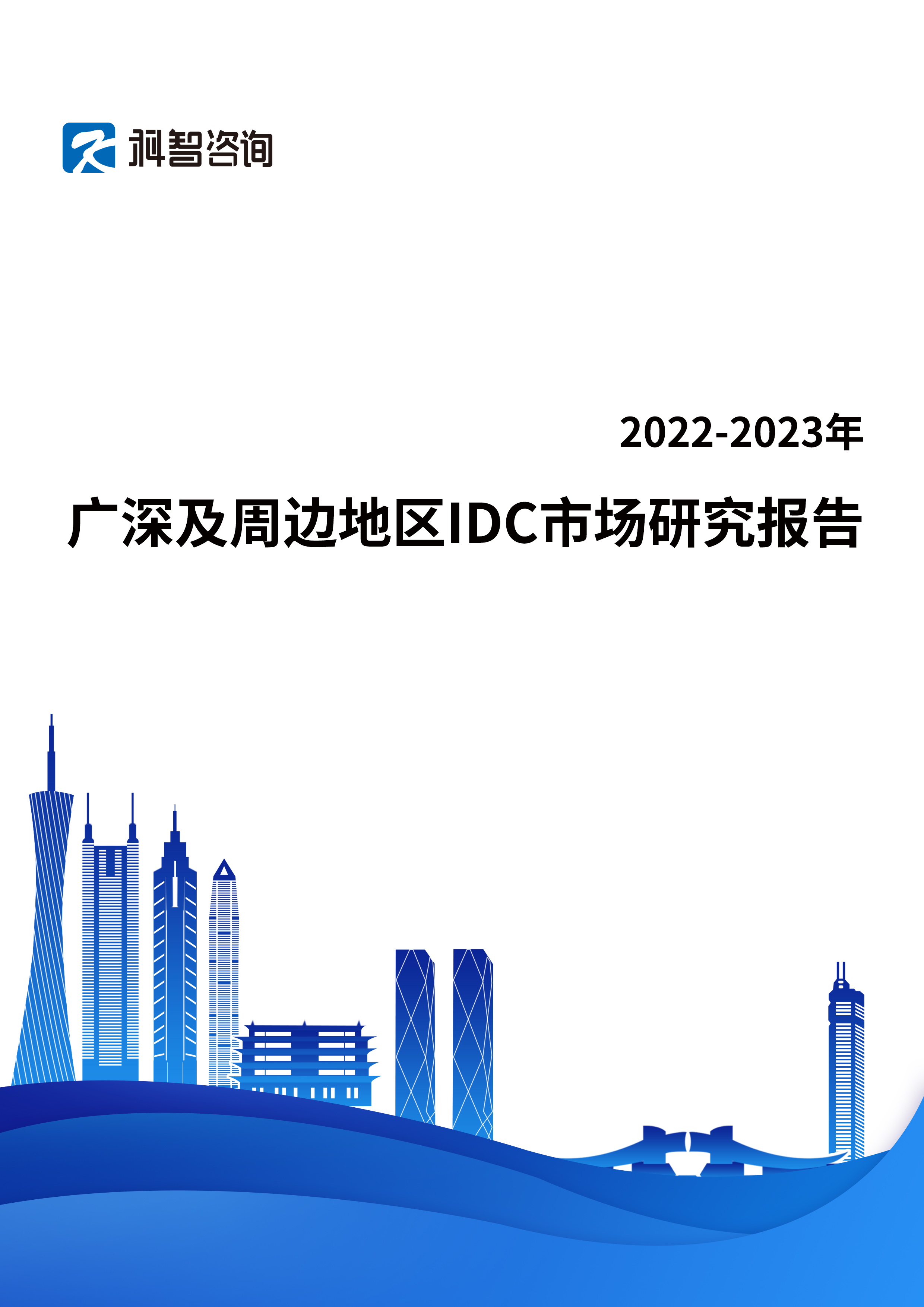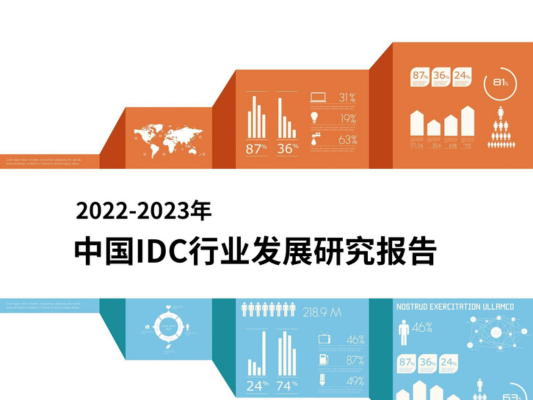US duties on solar equipment from four Southeast Asian countries are set to take effect following a government agency’s conclusion the imports harm domestic manufacturers.
The unanimous vote by the US International Trade Commission applies to imported solar cells and modules from Cambodia, Malaysia, Thailand and Vietnam. The injury determination was a key final threshold for duties to take full effect, setting the stage for collections in June.
The decision marks an end to a lengthy battle by manufacturers operating in the US. Companies including Hanwha Q Cells and First Solar Inc. have blamed a surge of discounted imports from Southeast Asia for making it difficult to build and sell equipment domestically, even with tax incentives meant to help drive US manufacturing of advanced energy technology. First Solar shares gained 1.4% in New York.
“These are decisive victories for domestic manufacturing,” Tim Brightbill, co-chair of Wiley’s international trade practice and lead counsel for the coalition of solar companies that pursued the case, said during a conference call.
Unlike widespread tariffs imposed by US President Donald Trump, these duties are the result of a trade probe lasting more than a year that found imported solar equipment from the targeted countries is unfairly priced and subsidized, to the disadvantage of manufacturers in the US.
The fees will raise the cost of solar equipment from Southeast Asia and will be a drag on renewable developers in the US that depend heavily on imports from the region. The US imported $12.9 billion in solar equipment last year from the four nations, accounting for nearly 80% of total shipments, according to BloombergNEF.
However, domestic manufacturers downplayed the potential impact of those higher costs. Other factors are playing a bigger role in developer budgets — including the cost of labor and the challenge connecting projects to the grid — even as panel prices have come down significantly, said Mike Carr, executive director of the Solar Energy Manufacturers for America Coalition.
“The cost of equipment is very low,” Carr said. “It’s such a small percentage of the overall project cost.”
Demand will continue to grow and domestic manufacturers are now on track to have enough cell and module production capacity to supply the entire US industry by 2026, Carr said.
Nevertheless, while solar now is a leading source of US power-capacity installations, the duties add to other policy and supply headwinds complicating the potential for future growth. Congressional Republicans have moved to scale back key federal support, and the industry faces the prospect of further tariffs against imported solar.
The duties, effectively calculated last month by the Commerce Department, are set to reach as high as 3,521% for some manufacturers in Cambodia, reflecting the country’s decision to stop participating in the US investigation. However, rates for other countries and companies are set to be far lower. The average duty was 396% for Vietnam, 375% for Thailand and 34% for Malaysia.
The US Commerce Department set the rates in April after the lengthy probe that found some solar manufacturers in the four countries were unfairly benefiting from government subsidies and selling exports to the US at rates lower than the cost of production. The US has been collecting preliminary duties for months based on the earlier determination.
JinkoSolar was assessed duties of about 245% for exports from Vietnam and 40% for exports from Malaysia. Trina Solar in Thailand faces levies of 375% and more than 200% from Vietnam. JA Solar modules from Vietnam could be assessed at about 120%.

